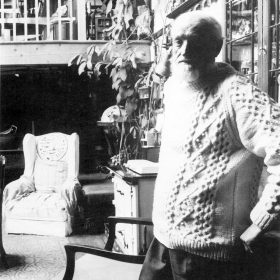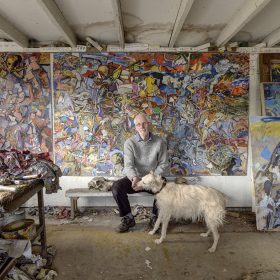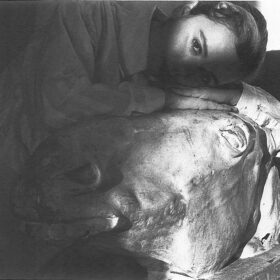The Glasgow School of Art is world renowned for producing international artists. In recent times Glasgow has produced six Turner Prize winners and alumni account for 30% of nominees since 2005. However, this tradition of nurturing world-class artists has been prevalent for many decades. The city has long been known as a hub of creativity and to coincide with our major new exhibition of Duncan Shanks we present a modest exhibition celebrating the work of the Glasgow School which include painters as diverse as James Cowie, William Crosbie, Robert Colquhoun, David Donaldson, Joan Eardley, Alexander Goudie, James Morrison, Duncan Shanks, Jimmy Robertson, John Byrne, Archie Forrest and Alison Watt. The latter group all adherents of the Donaldson approach of direct, gestural painting and colour construction. More recently artist Geoff Uglow (class of 2000) and Hannah Mooney (class of 2017) have both found individual voices to express their vision of the landscape.















